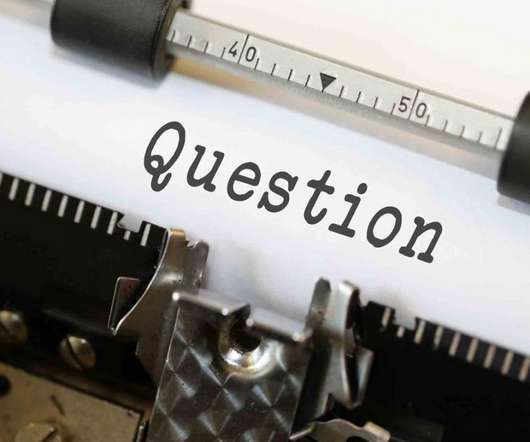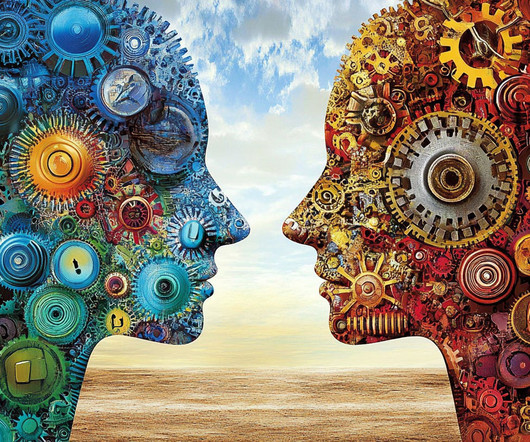Top women CXOs
CloudCherry
MARCH 8, 2019
Jeanne is the author of the famous book, “Chief Customer Officer” (Jossey-Bass, 2006). She has 20 years of experience helping companies improve loyalty and retention, employee engagement, and overall customer experience. The book was the first and one of its kind, at the time, to address the role of a customer leadership executive.












































Let's personalize your content